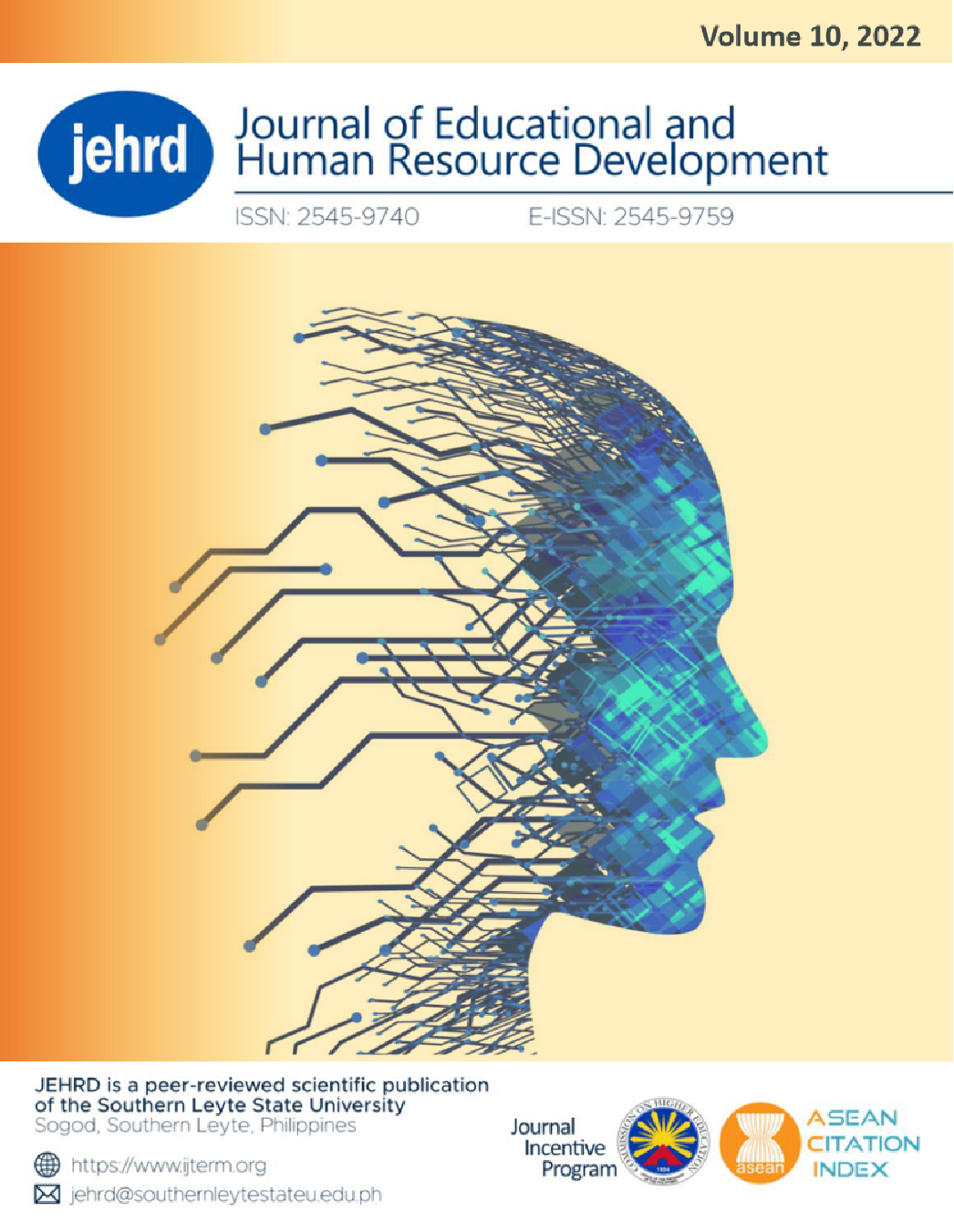Overcoming Mathematical Difficulties for Misaligned Students: A Grounded Theory
DOI:
https://doi.org/10.61569/c9r7vd61Keywords:
Experiences, Grounded theory, Learning strategies, Mathematical difficulties, MisalignmentAbstract
This grounded theory study explored the learning pathway experiences of 14 purposively selected non-STEM high school graduates who took Calculus in college. The research utilized Creswell’s coding analysis framework, including open, selective, and axial coding, to scrutinize the data collected from semi-structured interviews and generate a theory grounded in the participants’ experiences. The study also incorporated standard measures in qualitative research, which include the following elements: credibility, transferability, dependability, and confirmability, to ensure rigor and trustworthiness. The theory derived from this study accentuates the interconnected nature of four fundamental core concepts: knowledge, acceptance, support, and persistence. It explicates how the process of surmounting mathematical difficulties begins with recognizing one’s weaknesses (knowledge) and accepting the outcomes of these weaknesses (acceptance), followed by taking proactive steps to seek academic aid (support) and persevering towards academic goals (persistence). Despite facing obstacles to learning Calculus, the students demonstrated a remarkable ability to empower themselves and achieve their objectives in the face of educational difficulties. School administrators should prioritize the cultivation of a positive and supportive educational ecosystem that equips misaligned students with the essential resources they require to conquer academic challenges, particularly in subjects like Calculus, ensuring their academic journey is a path to success.
Downloads
Published
Issue
Section
License
Copyright (c) 2022 Journal of Educational and Human Resource Development (JEHRD)

This work is licensed under a Creative Commons Attribution 4.0 International License.
This is an open access article distributed in accordance with the Creative Commons Attribution 4.0 Unported (CC BY 4.0) license, which permits others to copy, redistribute, remix, transform and build upon this work for any purpose, provided the original work is properly cited, a link to the license is given, and indication of whether changes were made. See: Creative Commons Attributions 4.0 International License.








